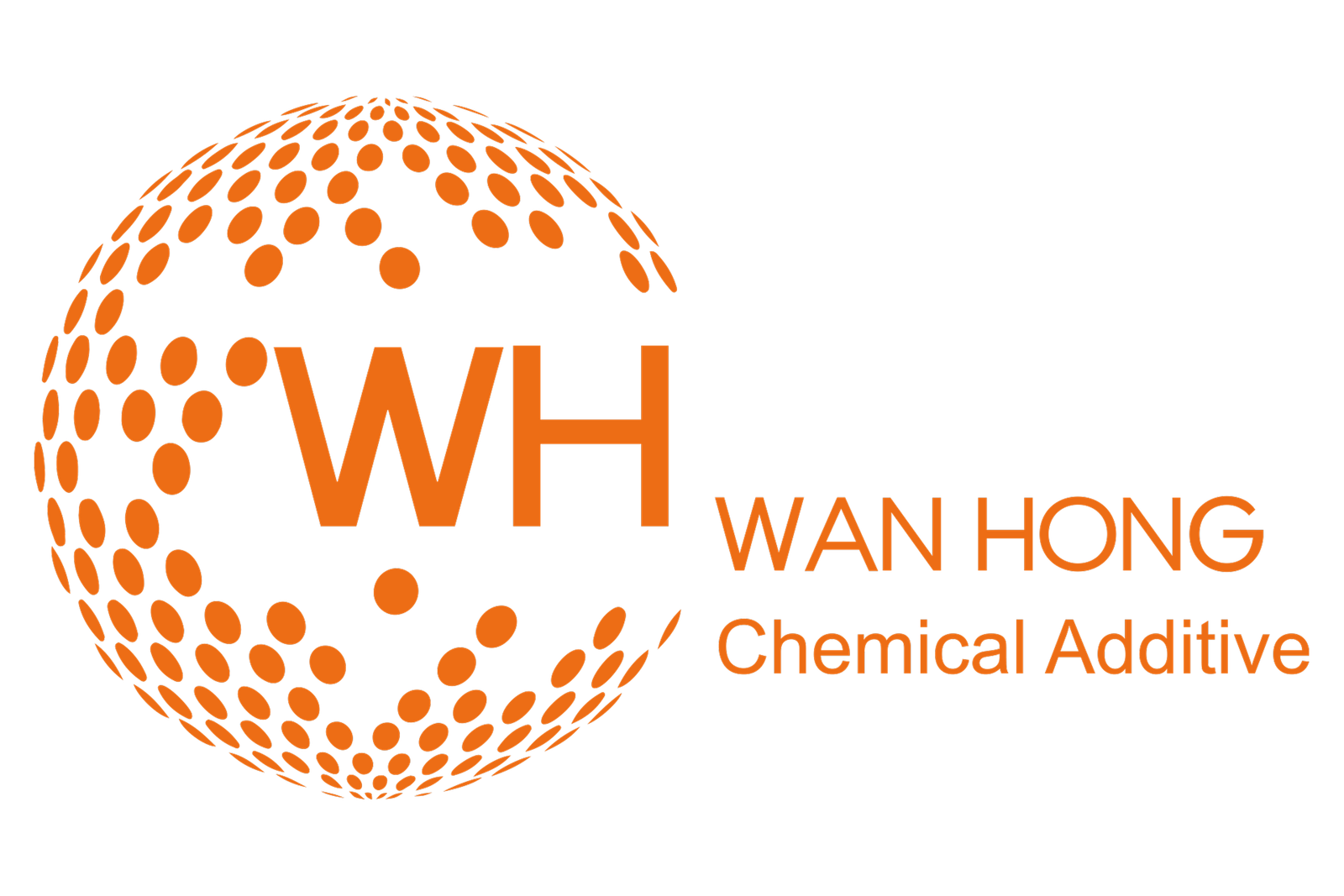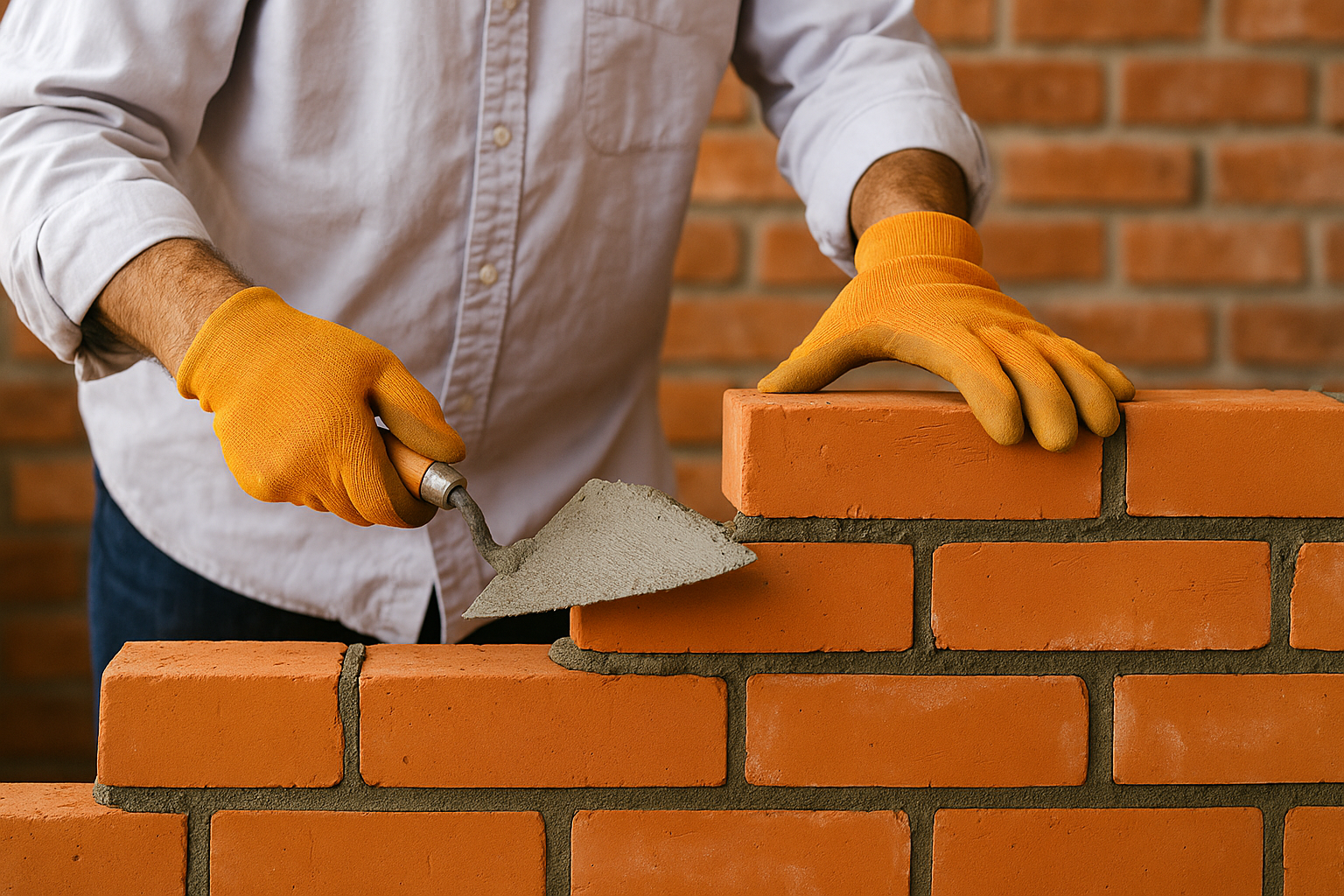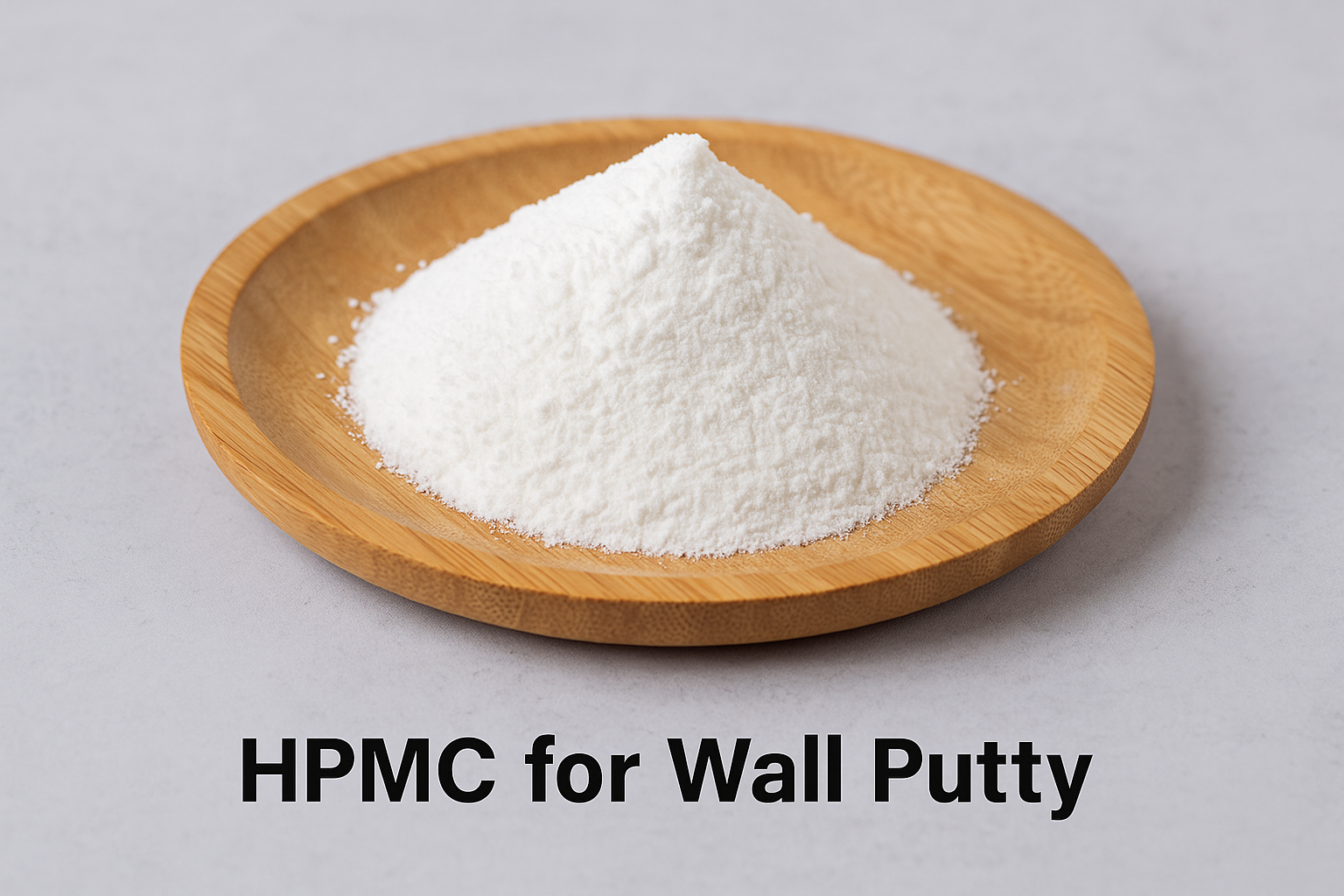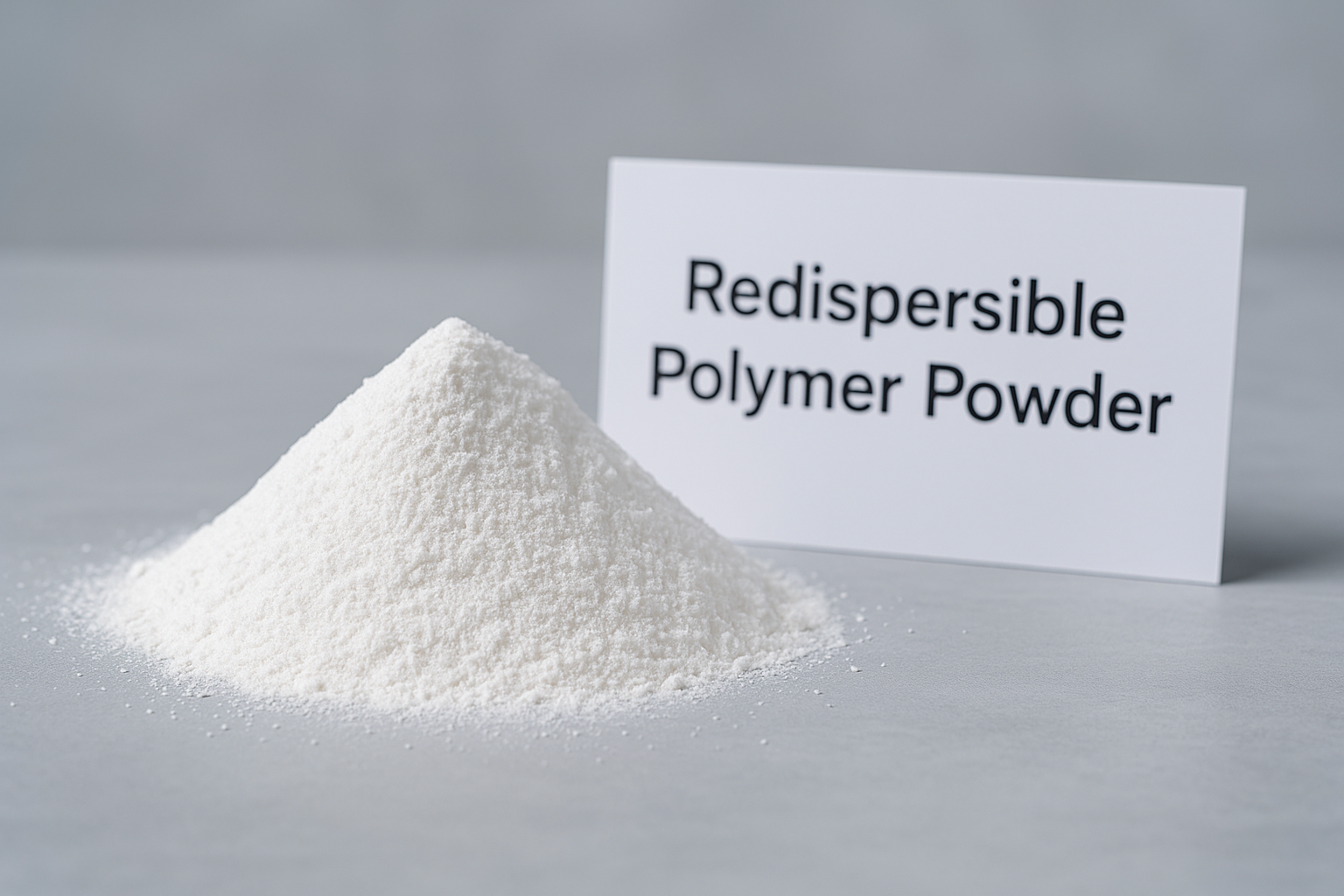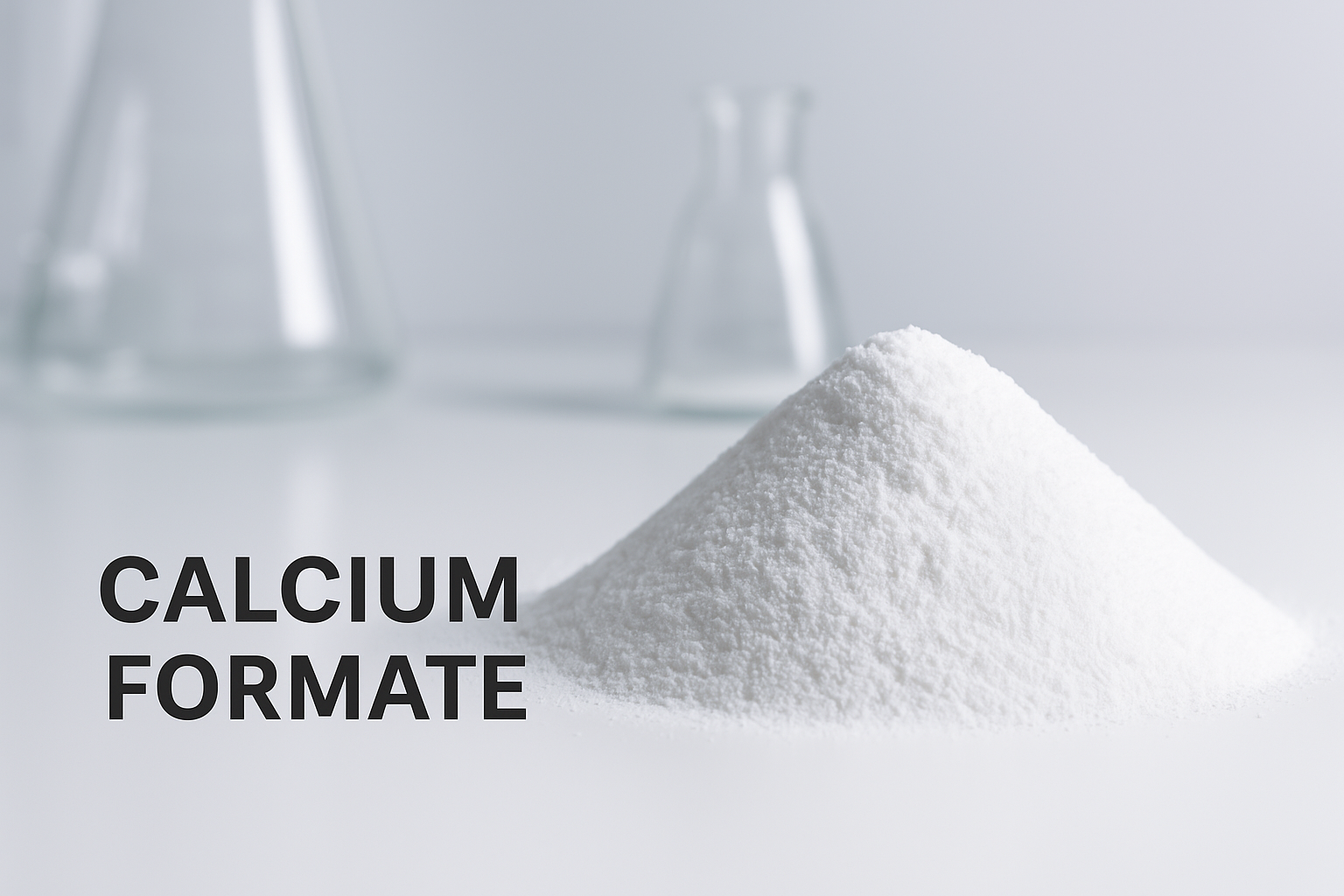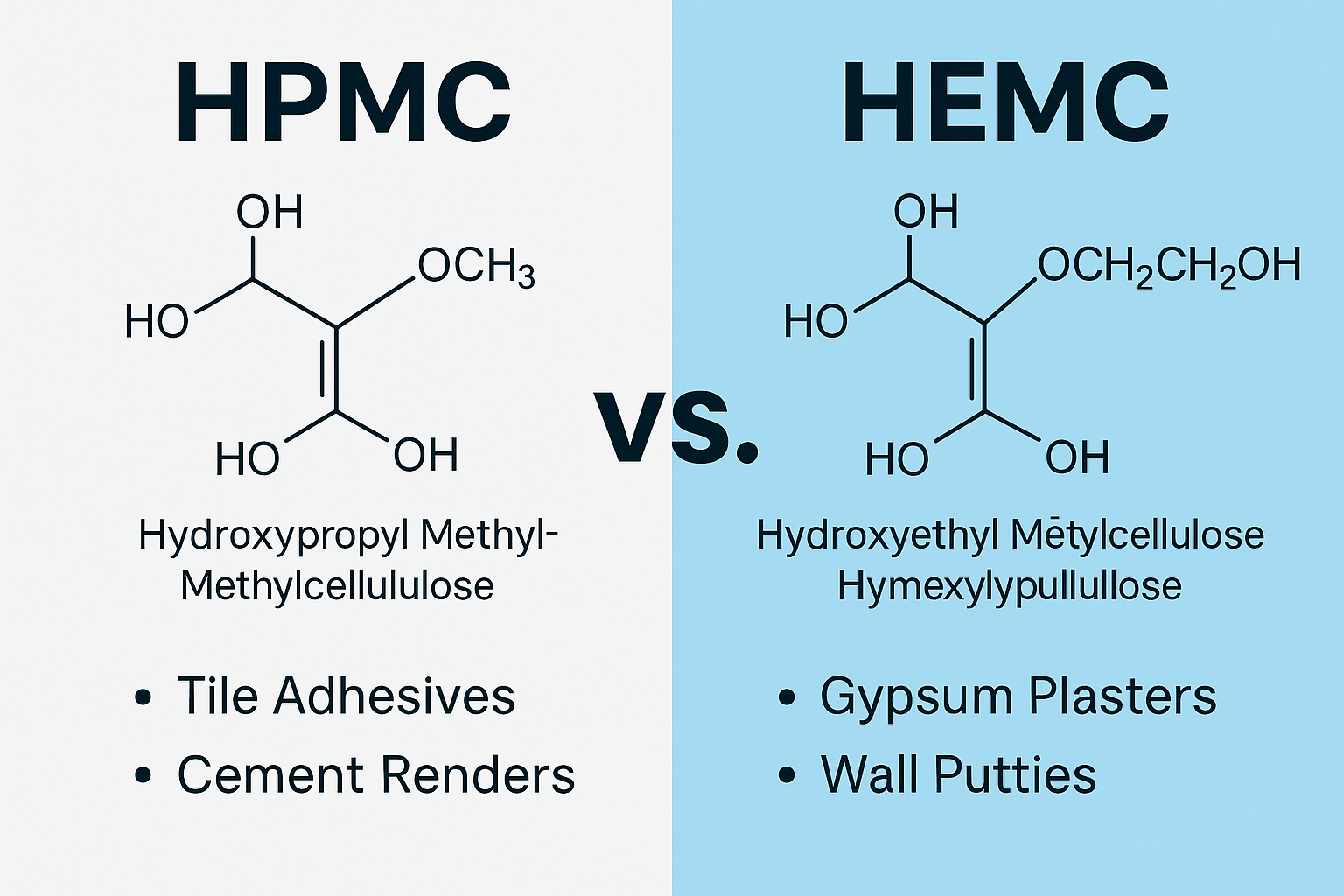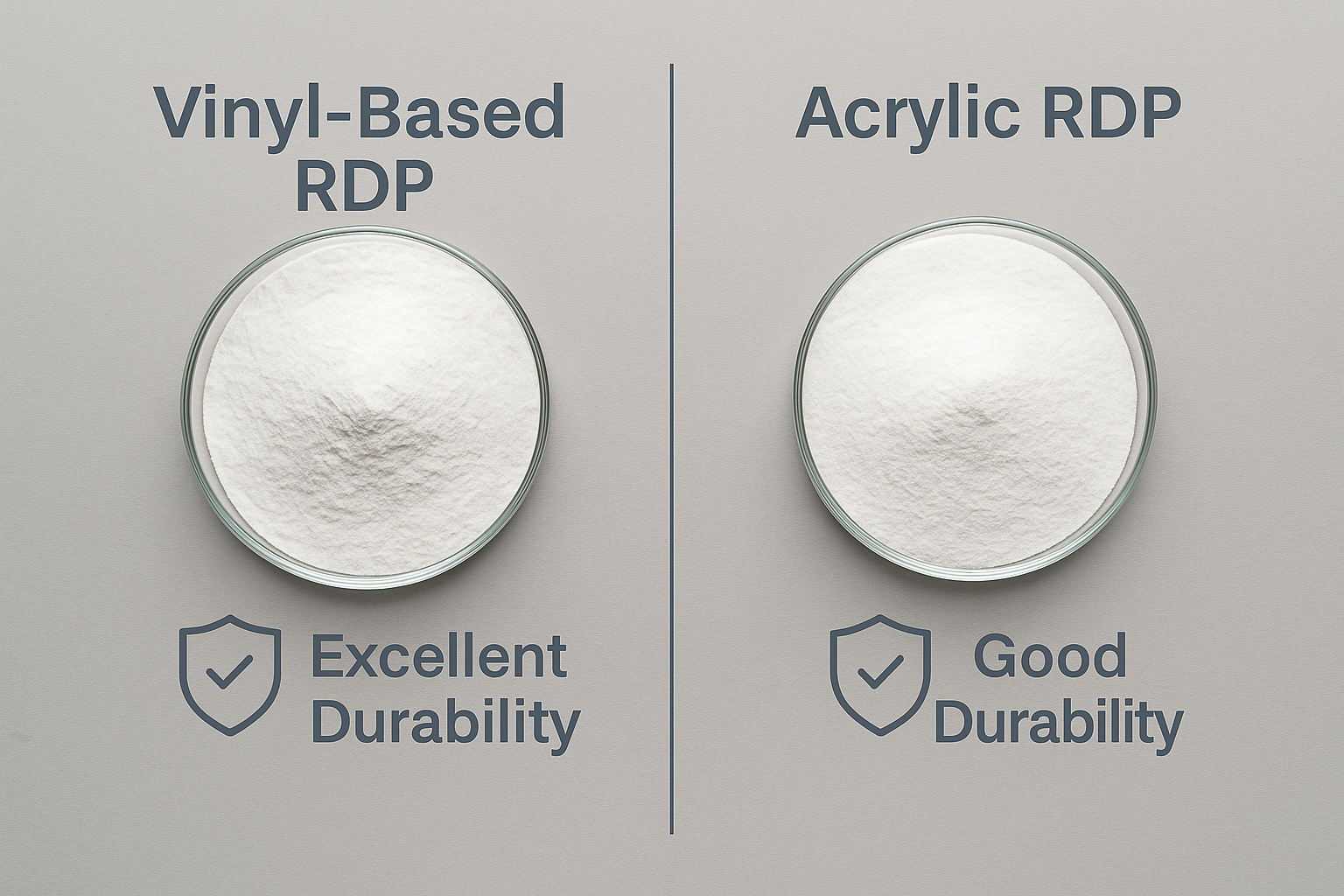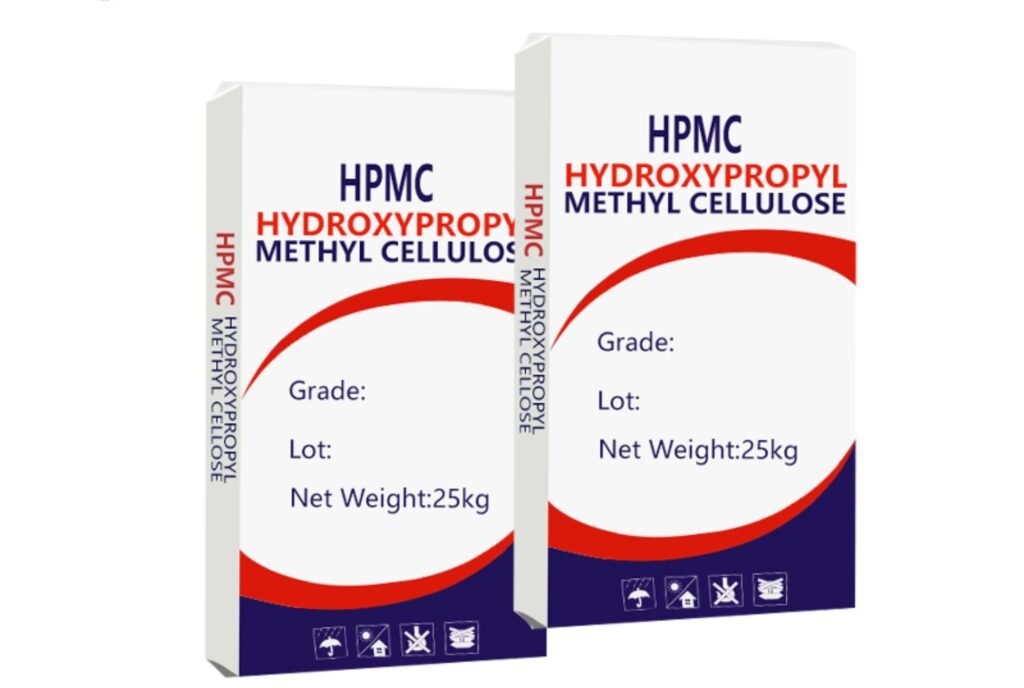Are you tired of wall damage from moisture and leaks? Waterproof wall putty1 offers protection against water infiltration, preventing mold growth and structural damage. It's a crucial investment for building longevity.
Waterproof wall putty is a specialized cement-based paste that creates a water-resistant barrier when applied to walls. It contains hydrophobic compounds like silicone or acrylic polymers that repel water while maintaining adhesion and durability on various surfaces.
Whether you're a contractor starting a new project or a homeowner planning renovations, understanding waterproof wall putty is essential for lasting results. Let me share what I've learned from working with factories and customers across Saudi Arabia, UAE, and other regions.
What Should You Know About Waterproof Wall Putty?
Do you know why regular putty fails in bathrooms and exteriors? Regular putty absorbs water, leading to paint peeling, wall damage, and expensive repairs. Waterproof putty solves these critical problems.
Waterproof wall putty contains special polymers (like HPMC and redispersible polymer powder) that create a water-resistant barrier. It prevents moisture penetration while allowing walls to breathe, making it ideal for both interior and exterior applications in humid environments.
Let me dive deeper into waterproof wall putty's composition. From my experience supplying hydroxypropyl methylcellulose to major manufacturers, I've seen how the formula makes all the difference. Quality waterproof putty contains a careful balance of cement, polymers, and additives.
Key Components of Waterproof Wall Putty
| Component | Function | Our Recommendation |
|---|---|---|
| Cement | Base material | White cement for best finish |
| Hydroxypropyl Methylcellulose (HPMC)2 | Water retention, workability | HPMC viscosity 100,000-150,000 mPa·s |
| Redispersible Polymer Powder3 | Water resistance, flexibility | VAE or VAc-E based, 5-8% concentration |
| Calcium Carbonate | Filler, smoothness | Ultra-fine grade for smooth finish |
| Water Repellent Additives | Hydrophobic properties | Silicone-based for durability |
When I visited paint factories in Saudi Arabia last year, I noticed many successful manufacturers were using higher grades of HPMC and redispersible polymer powder. These components significantly improve water resistance and prevent cracking over time. The higher initial cost pays off with fewer customer complaints and stronger brand reputation.
Waterproof Putty vs Normal Putty - What's The Difference?
Have you ever wondered why some walls deteriorate quickly while others
last for years? The answer often lies in the putty choice. Normal putty crumbles when exposed to moisture, while waterproof putty maintains integrity.
Waterproof putty contains hydrophobic additives that repel water, while normal putty absorbs moisture. Waterproof options offer 5-7 years of protection against seepage, have higher flexibility to prevent cracking, and cost 20-30% more than standard putty.
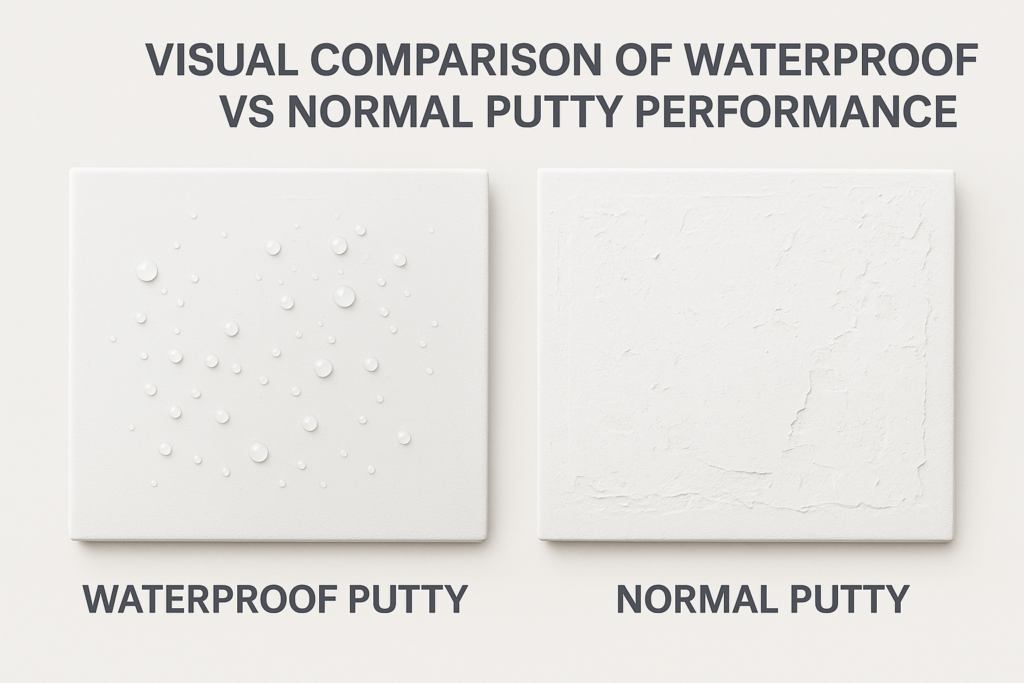
I remember visiting a customer's factory in Dubai who switched from normal to waterproof putty production. The transformation in product performance was remarkable. Let me share what makes these products fundamentally different based on my technical experience.
Comparative Analysis: Waterproof vs Standard Putty
The distinction goes beyond simple water resistance. Waterproof putty's molecular structure involves polymer cross-linking that creates microscopic barriers against water molecules. During manufacturing, the addition of redispersible polymer powder4 (RPP) creates this network during curing.
| Property | Normal Wall Putty | Waterproof Wall Putty |
|---|---|---|
| Water Resistance | Minimal | High |
| Durability | 2-3 years | 5-7 years |
| Flexibility | Low | High |
| Mold Resistance | Poor | Excellent |
| Application Areas | Dry interiors | All areas including bathrooms, exteriors |
| Cost | Lower | 20-30% higher |
| HPMC Content | 0.2-0.3% | 0.3-0.5% |
| Polymer Content | 0-2% | 5-8% |
From supplying raw materials to manufacturers across Asia and the Middle East, I've observed that the most successful products maintain strict quality control on the polymer components.
Many of my customers conduct regular water penetration tests to ensure their waterproof putty maintains a water absorption rate below 3% compared to 12-15% for standard putty.
How to Make Waterproof Wall Putty?
Wondering how to create effective waterproof putty that truly resists moisture? Many manufacturers mix ingredients incorrectly, leading to product failure. Getting the ratios and mixing sequence right is crucial.
To make waterproof wall putty, combine cement (40%), calcium carbonate (50%), HPMC (0.3-0.5%), redispersible polymer powder (5-8%), and water repellents (1-2%). Mix dry ingredients first, add water gradually while mixing at medium speed, then high speed for 5-7 minutes until smooth.
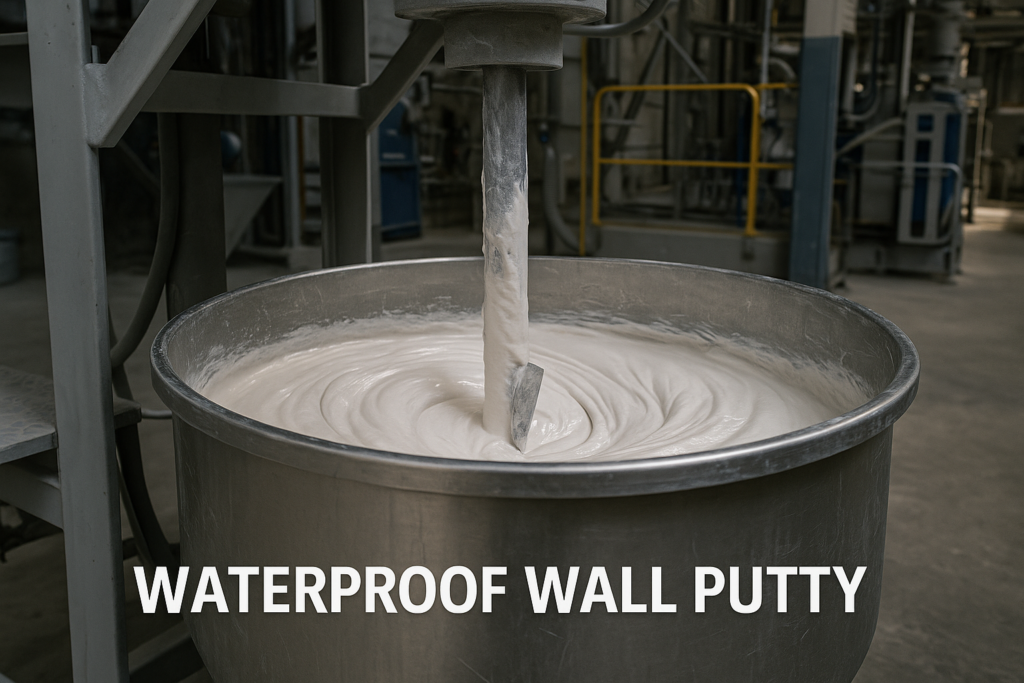
Based on my experience working with WANHONG's production facilities, I've learned that manufacturing waterproof putty requires precision. Let me walk you through the essential steps for creating high-performance waterproof putty.
Professional Manufacturing Process
The manufacturing process begins with raw material selection. For top-tier waterproof putty, we recommend using high-quality white cement and carefully selected additives. The mixing sequence significantly impacts the final product's performance.
Step-by-Step Manufacturing Guide:
- Material Preparation:
- Ensure all materials are dry (<0.5% moisture)
- Screen cement and fillers to remove lumps
- Store HPMC and polymers in moisture-proof containers
- Dry Mixing:
- Blend cement and calcium carbonate for 2-3 minutes
- Add HPMC slowly while mixing continues
- Introduce redispersible polymer powder and water repellents
- Continue dry mixing for 5-7 minutes to ensure homogeneity
- Wet Mixing:
- Add 80% of required water gradually while mixing
- Mix at medium speed for 3-4 minutes
- Add remaining water as needed
- Increase to high speed for final 5-7 minutes until smooth
- Quality Testing:
- Water penetration test (should be <3% absorption)
- Adhesion strength test (minimum 0.5 MPa)
- Workability time (should remain workable for 60+ minutes)
From supplying raw materials to hundreds of putty manufacturers, I've noticed that mixing time is often underestimated. Insufficient mixing leads to uneven distribution of water-repellent components, creating weak spots in the final application. Our technical team always recommends extended high-speed mixing to ensure complete polymer dispersion.
Benefits of Waterproof Wall Putty
Are you constantly dealing with wall repairs due to moisture damage? Waterproof wall putty eliminates these frustrations, but many customers don't understand its full value. The benefits extend far beyond basic water resistance.
Waterproof wall putty prevents water seepage, mold growth, and paint peeling, reducing maintenance costs by up to 40%. It extends wall life by 5-7 years compared to standard putty, provides better paint adhesion, and works effectively in high-humidity environments.

Through my conversations with contractors and building owners across developing markets, I've compiled a comprehensive list of advantages that make waterproof putty worth the investment.
These benefits derive from both the technical properties of the materials and the practical experience of end users.
Comprehensive Benefits Analysis
Waterproof wall putty delivers both immediate and long-term advantages that justify its higher initial cost. When I visited several construction sites in Vietnam last year, buildings using waterproof putty showed remarkably better condition after just two monsoon seasons compared to those using standard putty.
| Benefit Category | Specific Advantages |
|---|---|
| Protection | • Prevents water seepage through walls • Blocks moisture absorption into the substrate • Creates a barrier against rainwater penetration |
| Durability | • Resists cracking during temperature fluctuations • Maintains integrity in freeze-thaw cycles • Extends renovation intervals by 3-4 years |
| Health | • Prevents mold and mildew growth • Reduces allergens in living spaces • Improves indoor air quality |
| Aesthetic | • Eliminates water staining on walls • Prevents efflorescence (white salt deposits) • Maintains paint freshness longer |
| Economic | • Reduces long-term maintenance costs by 30-40% • Decreases repainting frequency • Protects structural elements from water damage |
I've seen many cases where buildings in tropical regions like the Philippines and Singapore achieved significant cost savings by using waterproof putty.
One large apartment complex in Manila reported 37% lower maintenance costs over five years after switching to waterproof putty systems throughout their properties.
WANHONG—Your Partner in Building Material Additives
Need reliable raw materials for your waterproof putty production? Finding consistent quality suppliers can be challenging. Many manufacturers struggle with additive selection, leading to product failures and customer complaints.
WANHONG specializes in high-quality HPMC, redispersible polymer powder, and other essential additives for waterproof putty. With six production lines, customized packaging, and exports to over 15 countries, we ensure your formulation achieves optimal water resistance and durability.
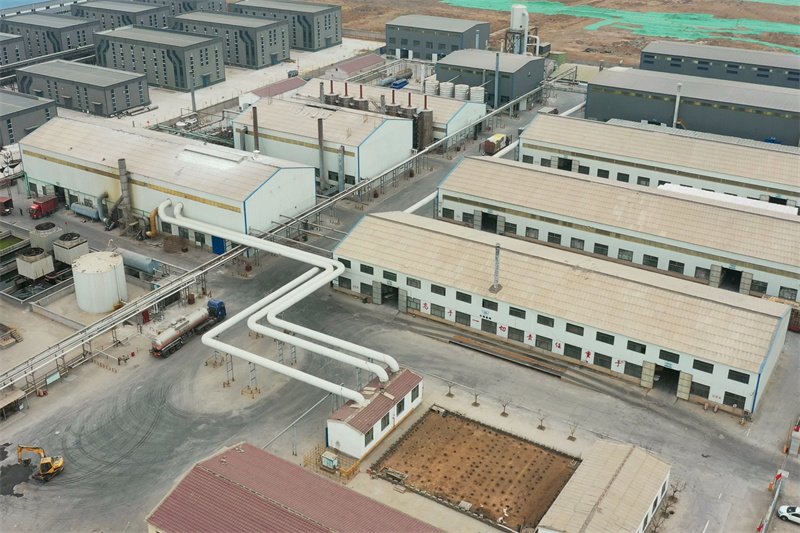
At WANHONG, we don't just supply products—we provide complete technical solutions. My team works closely with manufacturers across developing markets to optimize waterproof putty formulations for specific climate challenges and local raw materials.
How WANHONG Supports Your Business
Having worked with numerous putty manufacturers throughout the Middle East and Asia, I understand the unique challenges of producing consistent waterproof products. Our approach combines quality raw materials with technical expertise to ensure your success.
Our Comprehensive Support System:
-
Product Selection Guidance:
We help you select the right grade of HPMC5 and redispersible polymer powder6 based on your specific formulation needs. For waterproof putty, we typically recommend our KH-150000S HPMC combined with our KH-5044P redispersible polymer powder for optimal water resistance. -
Technical Formulation Assistance:
Our laboratory provides formulation optimization, helping you balance water resistance with workability and cost. Many of our customers in Saudi Arabia and UAE have successfully developed premium waterproof putty lines using our formulation guidance. -
Quality Control Systems:
We implement strict quality testing for all additives, with detailed certificates of analysis and regular batch consistency checks. This ensures your production runs smoothly without formula adjustments. -
Logistics Optimization:
With extensive experience shipping to challenging markets like Iran, Pakistan, and Brazil, we understand the complexities of international chemical transportation. Our logistics team ensures timely delivery with proper documentation.
During my recent visit to customer facilities in Mexico and Brazil, I was pleased to see how our technical recommendations had helped them develop waterproof putty products that outperformed multinational brands in local testing. Our commitment goes beyond supplying raw materials—we're invested in your product's performance and market success.
Conclusion
Waterproof wall putty provides essential protection against moisture damage, offering significant advantages over standard options. With proper formulation and quality additives, you can create superior products that deliver real value to end users.
-
Explore this link to understand how waterproof wall putty can protect your walls from moisture and extend their lifespan. ↩
-
Learn about HPMC's role in enhancing the performance of waterproof wall putty and its importance in construction materials. ↩
-
Discover how Redispersible Polymer Powder contributes to the flexibility and durability of construction materials, including waterproof
putty. ↩ -
Learn about redispersible polymer powder's role in enhancing construction materials, crucial for achieving high-quality waterproof putty. ↩
-
Learn about HPMC's role in construction materials and how it enhances product performance, crucial for your formulation needs. ↩
-
Find out how redispersible polymer powder can improve the quality and durability of construction products, essential for your business. ↩
